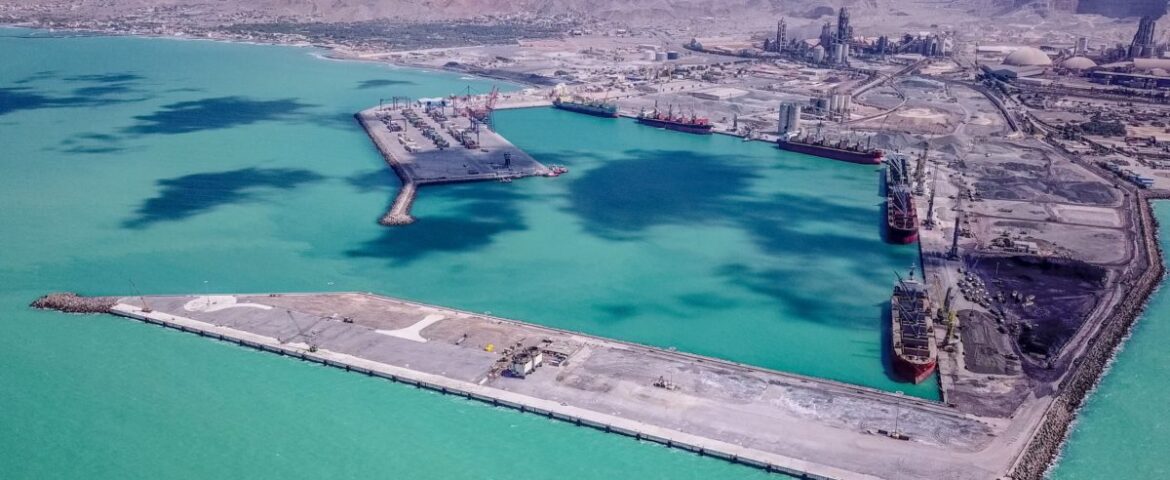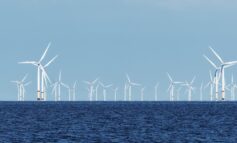By Peter de Langen
In drafting port policies and assessing the benefits of investments in port development, we often stress the link between better ports and export competitiveness
And indeed, various studies demonstrate there is a positive link between the two. Because of the diversity of exporters and export commodities, the relation between ports and export competitiveness is often assessed at the macro level, i.e. not for specific exporting companies. The case of RAK, the fourth largest emirate of the UAE, is a good case to show this link more specifically
The port of Saqr, as all ports in RAK managed by the state-owned company RAK Ports, is the largest dry bulk port of the region, with over 70 million tons of dry bulk exports in 2018. The main export commodities are aggregates and limestone, and the two main exporting companies and the state-owned companies RAK Rock and Stevin Rock.
Aggregates and limestone are mainly used in construction projects and are fairly low value commodities. As a consequence, most of the trade flows of both materials are intra-regional. However, given the uncertainty of the regional demand, RAK Rock and RAK Ports have a strong shared interest in serving markets outside the Gulf, such as India and Bangladesh.
Very competitive logistics costs are crucial for the ability to serve these markets. Helped by the fact that RAK Ports and RAK Rock are ‘sister companies’ both owned by the state, both companies have recently started deep cooperation with the aim to improve export competitiveness beyond regional markets. Relevant issues include improved operational efficiency in the transport to the port, deployment of larger ships to reduce shipping costs per ton, searching for return cargoes and a joint commercial approach to potential customers.
This case clearly shows ports matter for export competitiveness. In the case of RAK, the case for tight relations between the port company and exporting companies is clear. Other ports, with less visible large exporters may also benefit from identifying exports and exploring the potential for specific initiatives to promote export competitiveness.
First published @ Port Strategy.













